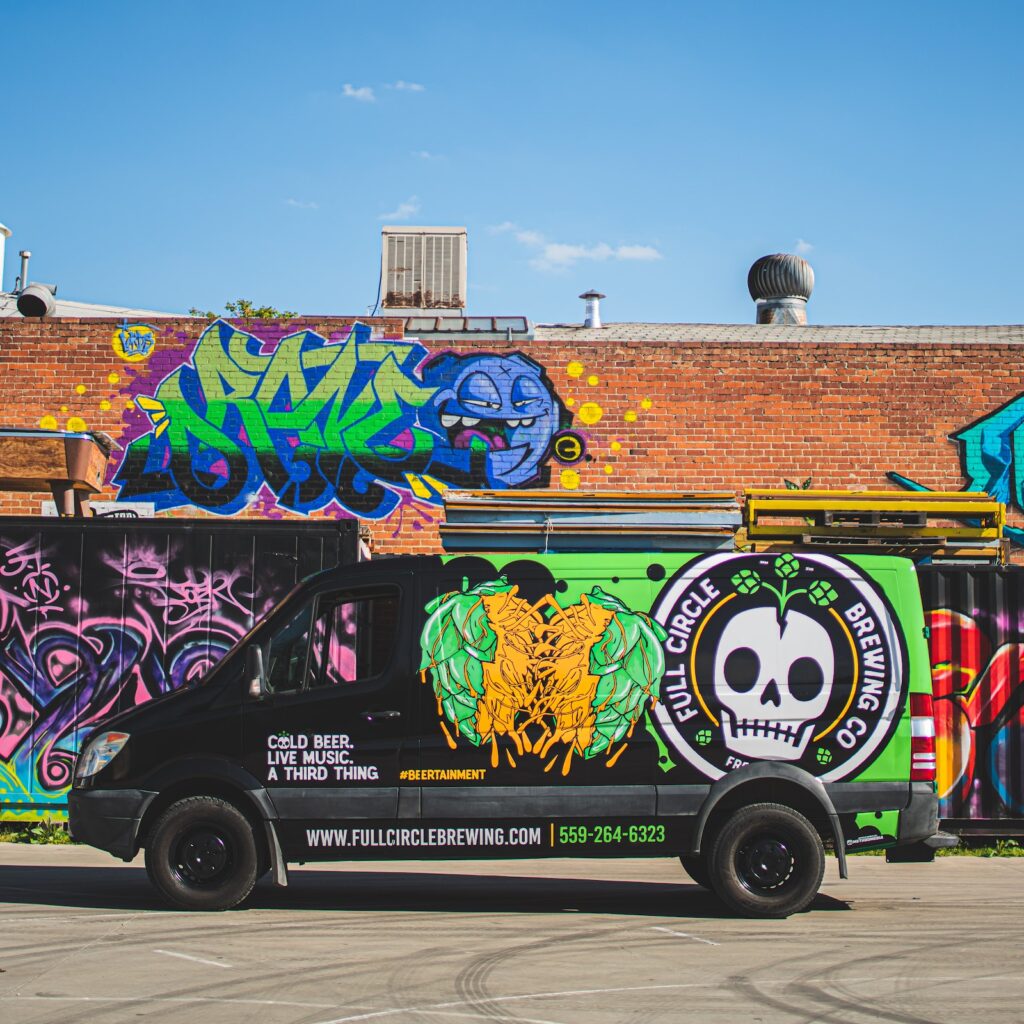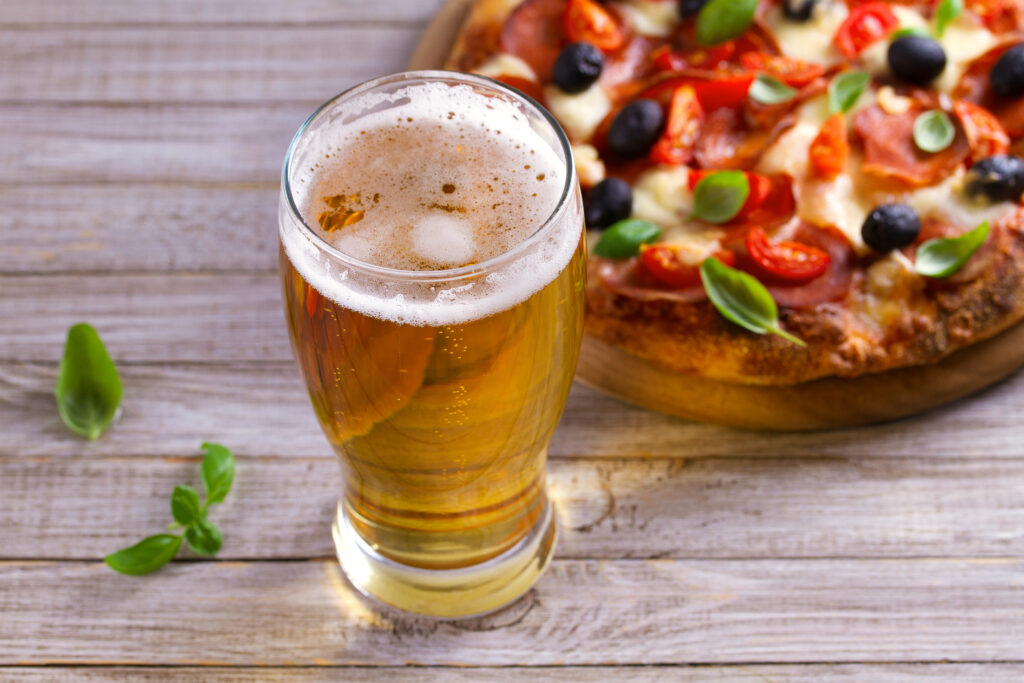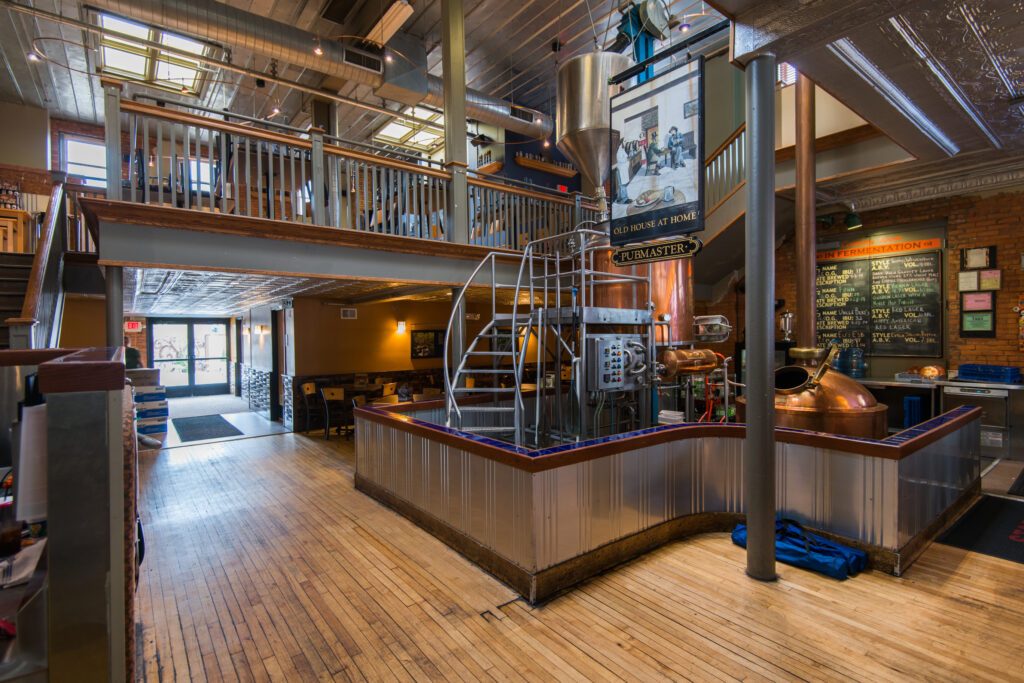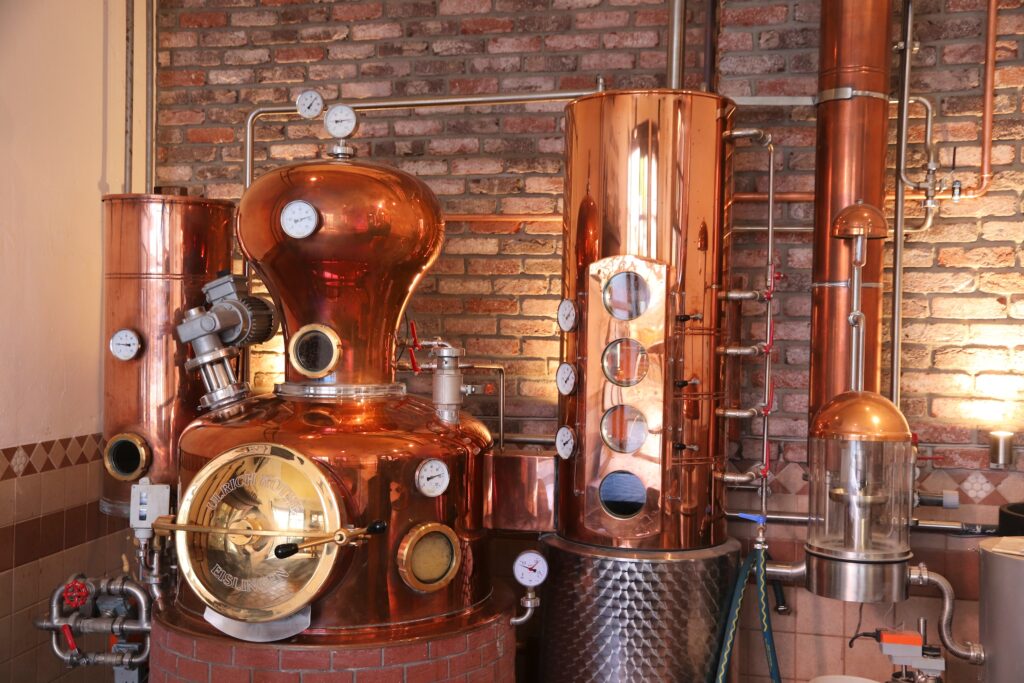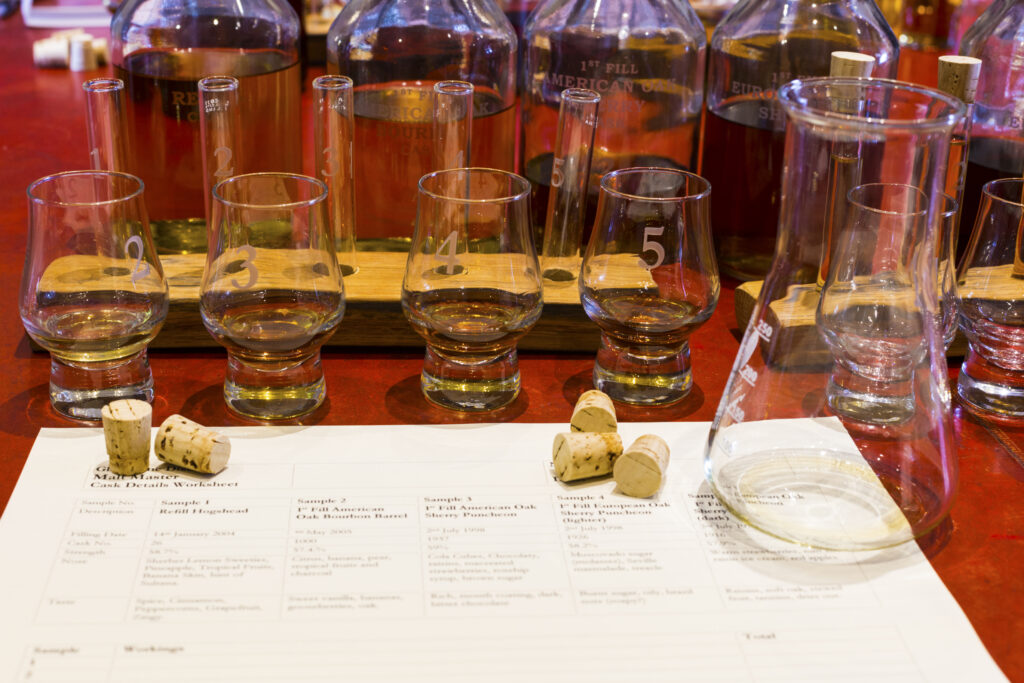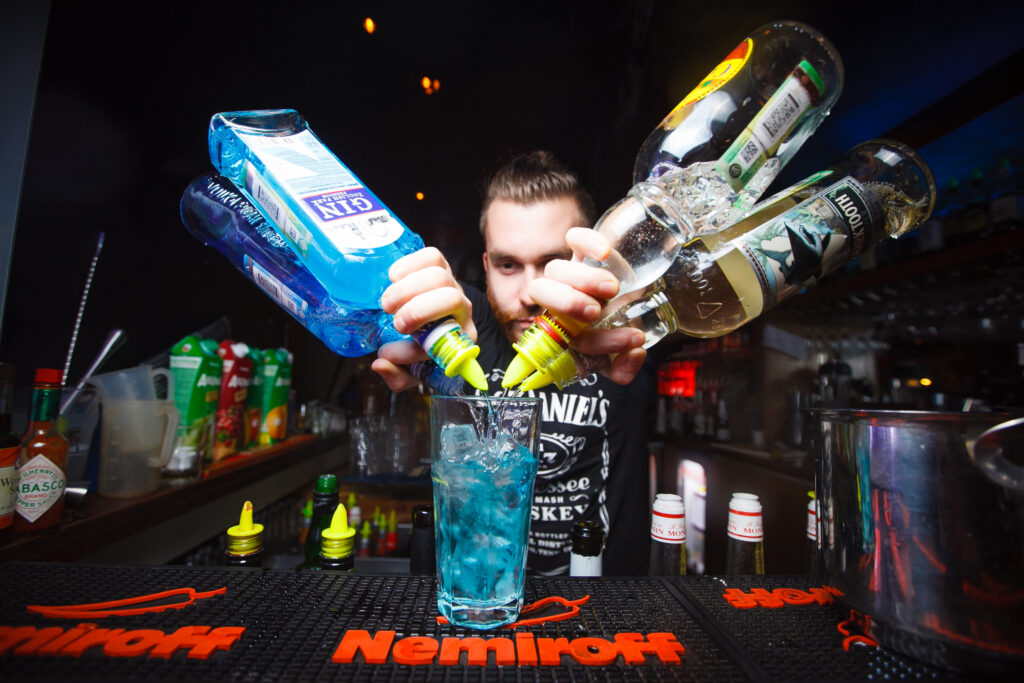By: Kris Bohm: Owner of Distillery Now Consulting LLC.
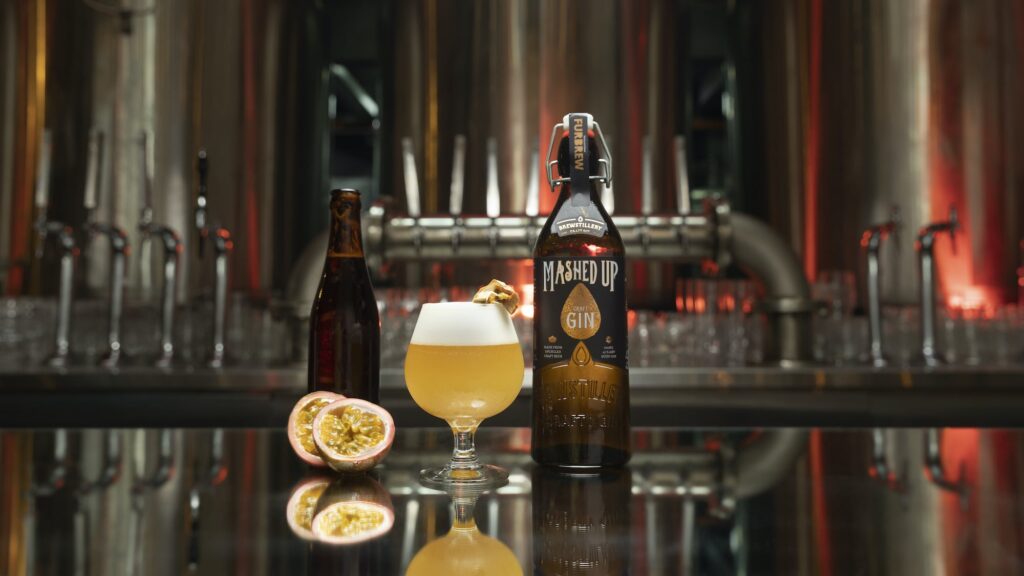
Breweries make beer and often their equipment has the capacity to brew more beer than there is necessarily a demand for. Plain and simple, idle equipment does not help generate cash flow. An alternative use to consider to keep idle brewery equipment running is whiskey. American single malt whiskey is the new hot trend in spirits. Single malt whiskey has been touted for decades in America as a premium whiskey, and now bourbon whiskey is absolutely booming worldwide. If your brewery has a brew house that is sometimes sitting idle, it is time to put it to work. With the addition of a commercial still for distilling, a brewery can turn an idle brew house back on, and start producing single malt whiskey. The addition of a distillery will create a new business avenue for a brewery that can bring in new customers and generate more revenue for the overall business.
Brewers Making Whiskey
A few of the well known breweries, who have jumped into the distilled spirits world, are Ballast Point and Rogue Ales. There are amazing spirits being produced and distilled by breweries all over the world and your brewery can seize this opportunity as well. Brewstilleries, as we will call them, are pioneering a new business model. By using existing equipment to produce the wort or mash for distilled spirits, a brewery can create a diverse portfolio of products which can appeal to a broad base of customers.
Ballast Point Brewery is a notable and very successful brewery that added a distillery to their operation. The Ballast Point took on a wild side project in 2007 where they added a still to their brewery in California, to experiment in spirits production. The brewers there mashed a beer recipe, then lautered an un-hopped wort that was then fermented and distilled into single malt whiskey. They also used their equipment to cook corn mash for bourbon production. A few years later, their whiskies had aged in barrels and it was bottled then released. Both their single malt and bourbon were wildly successful and well received spirits. Ballast Point Brewery sold a few years after the distillery was started and their distillery branched off to become Cutwater Spirits.
Tools of the Trade
Breweries and distilleries use equipment that is very similar for the production of beverage alcohol. Fermenters, pumps, hoses, yeast, mash tuns, lauter tuns, and fermenters are common tools utilized by both distillers and brewers. Some breweries have capitalized on this opportunity and co-utilize their equipment and expand into distillery operations. Let’s detail a few of the tools that brewers use that distillers can co-utilize for whiskey production. Of course this can only work if the brewers are willing to share.
Brew House Mash Tun
A brew house is the essential tool used for the production of beer. This brew house will sometimes be idle when there is not enough demand. The steam heated mash tun in a 4 vessel brew house is used to mash malted barley for brewing beer. This equipment can also be utilized to produce mash for whiskey. With a few small changes, a mash tun can be used to produce cereal mash, made with corn or rye, that is cooked and fermented for bourbon whiskey.
The production of malt whiskey in the Scottish tradition, using 100% malted barley, requires more complex equipment than the basic cereal cooker utilized by most distilleries. The lauter tun is a unique equipment for separating barley from the sugary wort in beer production. When making American single malt whiskey, the lauter tun is used to produce wort for distillation in the same way it is used to make wort for beer.
Fermenters
Every brewer and distiller has fermenters in which they transform grain from sugary liquid into alcohol through fermentation. The fermenters used in a brewery work perfectly for fermenting wash or wort destined to become whiskey. If the excess space is available to ferment, a distillery can make use of otherwise empty tank space. Often distillers ferment their wort for whiskey fast and warm. A fermentation is often finished and ready to distill in as little as 4 days.
Pumps and Hoses
The workhorse tools of brewers and distillers are their pumps, hoses and tri-clamps. The same pumps and hoses can be used to accomplish liquid transfers in a brewery and a distillery. Sanitization is important to mention here as it is easy to introduce unwanted bacteria or yeast into hoses if a distiller is not careful and conscientious of proper sanitization, which is required in a brewery for beer production, but not as necessary for a distillery.
Yeast
The essential ingredient that all producers of beverage alcohol must utilize every day is saccharomyces cerevisiae, or the fungi simply known as yeast. The yeast used by distillers and brewers is closely related. In fact, many brewstilleries will use the exact same strains for both brewing and distilling. The use of yeast and the knowledge of how to handle yeast effectively is similar for brewers and distillers. Sharing yeast strains and yeast propagation equipment between a brewery and distillery increases the value reaped from every batch of yeast.
All of these tools above can be made to serve double duty for a brewstillery. Careful planning, management, and execution are key to successful sharing of equipment.
Behind the Scenes
Many questions come up in the discussion of adding a distillery to a brewery. Let’s go through and look at some of the common questions.
How does a brewstillery function and get licensed from a legal perspective?
The answer to this question will vary widely depending on the location of the brewstillery. Every state and country has different laws on what a brewery and distillery are allowed to do when working in conjunction. Typically, the distillery operations are required to be separate from the brewery both in physical location and in bookkeeping. The way a brewery meets this requirement of separation is as simple as a wall that keeps the two businesses apart with a separate exterior door to enter the distillery. A distillery can share steam for heating and glycol for cooling with a brewery, but the key here is that the still and the vessels holding distilled spirits are kept separate from the beer. On licensing a distillery will need to get a federal and state distiller’s permit before they can start producing spirits and may also need local licenses or permits.
How are records and bookkeeping managed for a brewstillery?
When it comes to bookkeeping, the distillery part of the brewery is typically an entirely separate business. This means a separate business entity or LLC must exist for the distillery which will hold its own business license, separate books, and tax reports. For the day to day operations and transactions, a distillery within a brewery will often buy the grain from the brewery and lease the brewing equipment on a daily basis to make wort for whiskey production.
How is a distillery taxed?
Taxes are a big concern because distilleries and distilled spirits are taxed very differently than beer. Although they are taxed differently, by having the distillery operate as a separate business it makes the bookkeeping and taxes simple by not mixing them with the brewery. Volumes have been written on taxes of distilled spirits all about proof gallons, wine gallons, and gauging, but we will save a deep dive into taxes for another day.
How much beer does it take to make whiskey?
In the production of a single malt whiskey the sugar content of the wort is on the high side to maximize the potential amount of whiskey produced per batch.
Often the ABV of a fermented wash is as low as 7% to upwards of 12%
There are a multitude of factors that will affect the amount of whiskey produced per pound of malt, including mash procedures, fermentation, distillation and maturation.
When distilling a beer you can expect to roughly see the following yields. This estimated yield includes the distiller’s cuts and loss from barrel aging.
A single 31 gallon barrel of 10% abv beer can produce upwards of 25 bottles of whiskey.
Beer to Whiskey and the Hops in It
For the vast majority of whiskies both malt and bourbon are strictly made from grain. No hops or other flavoring agents are added. Beer, of course, has hops and specialty grains in it. A beer that is distilled into whiskey which we will call “hopped malt whiskey,” will carry the distinct flavor of hops and into the spirits. This can be good or bad, depending on who you ask.
Let’s weigh the good side of whiskey made from hopped beer.
Hopped malt whiskey tastes very different from traditional Scottish malt whiskey. Because it tastes so different and can be marketed as part of the beer story, a hopped malt whiskey is often well accepted by the public as a new kind of whiskey, since it is not compared against bourbon or scotch.
There is a downside to distilling hopped beer into whiskey. Beer that is distilled into whiskey and then barrel aged carries a strong and unique flavor profile dominated by the hops. For some consumers, this flavor is off putting even to the biggest IPA loving hopheads. Most people that enjoy whiskey have a pallet that is trained to like bourbon or scotch single malt. A hopped malt whiskey tastes nothing like either of these spirits, your average whiskey drinker may not like unique flavors of such a spirit. This warning is not to deter a creative brewstillery from distilling such things, but to merely inform.
Let’s Make Some Whiskey!
For those currently running breweries, you may be considering getting into distilling. If you are, be sure to do your homework or hire a pro to help you, as there are many differences between brewing and distilling. This learning curve can be expensive without prior experience. For those just getting started, the brewstillery model is a business worth considering that will give you access to a larger customer base, and create better returns on your equipment. Consideration of state laws is essential as they vary widely on the legality and requirements to operate on this business model. The future is looking bright for craft beverage alcohol production and brewstilleries are on the lead in producing new variations of traditional spirits.
Authored by Kris Bohm the Owner of Distillery Now Consulting LLC. When Kris is not helping folks build distilleries and creating great whiskies, he is out riding cyclocross or defending his beer mile record. Would you like to talk about making whiskey? Drop us a line. Distillerynow@gmail.com

